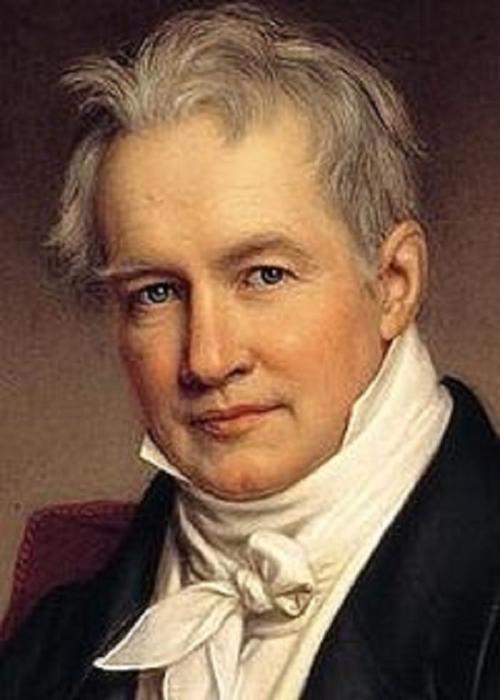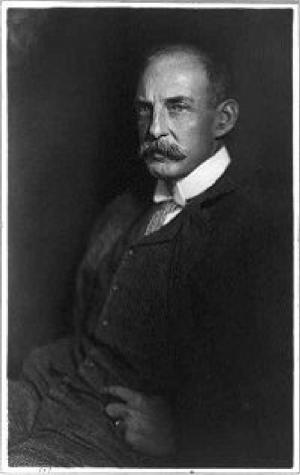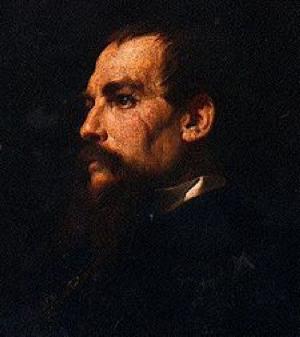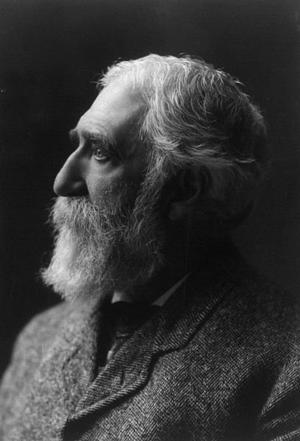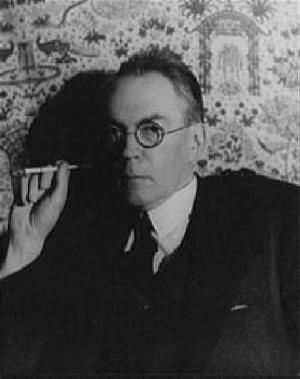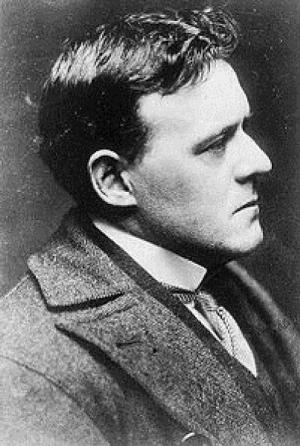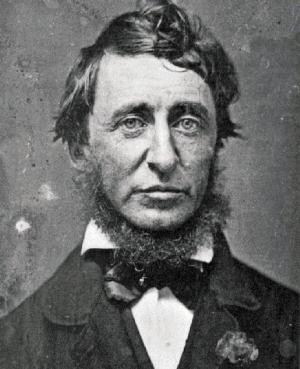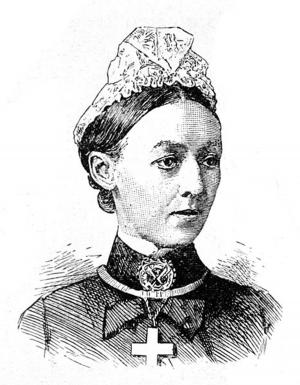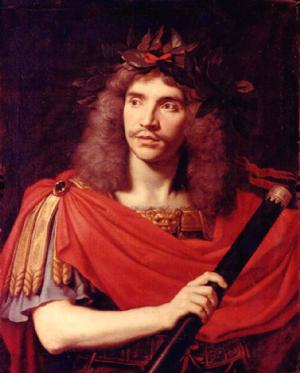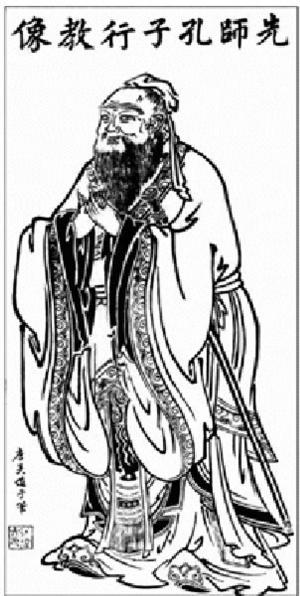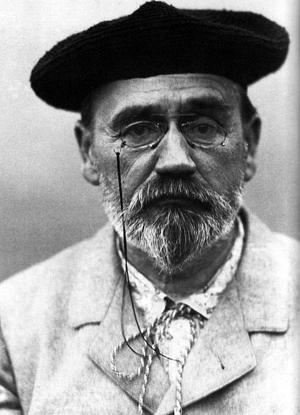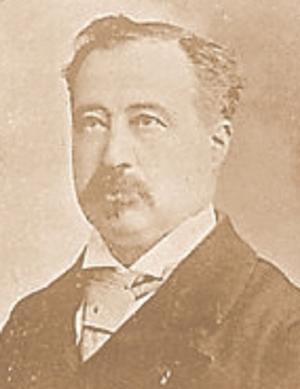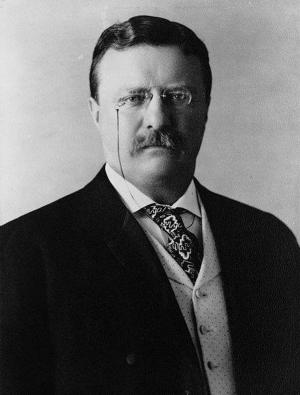Personal Narrative of Travels to the Equinoctial Regions of America During the Years 1799-1804, volume 3 of 3
Biography & Memoir, Reference| Author: | Alexander von Humboldt | ISBN: | 9781455317233 |
| Publisher: | B&R Samizdat Express | Publication: | December 15, 2009 |
| Imprint: | Language: | English |
| Author: | Alexander von Humboldt |
| ISBN: | 9781455317233 |
| Publisher: | B&R Samizdat Express |
| Publication: | December 15, 2009 |
| Imprint: | |
| Language: | English |
According to Wikipedia: "Friedrich Wilhelm Heinrich Alexander Freiherr von Humboldt (September 14, 1769 May 6, 1859) was a German naturalist and explorer, and the younger brother of the Prussian minister, philosopher, and linguist Wilhelm von Humboldt (1767-1835). Humboldt's quantitative work on botanical geography was foundational to the field of biogeography. Between 1799 and 1804, Humboldt traveled to Latin America, exploring and describing it in a manner generally considered to be a modern scientific point of view for the first time. His description of the journey was written up and published in an enormous set of volumes over 21 years. He was one of the first to propose that the lands bordering the Atlantic were once joined (South America and Africa in particular). Later, his five-volume work Kosmos (1845) attempted to unify the various branches of scientific knowledge. Humboldt supported and worked with other scientists, including Joseph-Louis Gay-Lussac, Justus von Liebig, Louis Agassiz, Matthew Fontaine Maury, and most notably Aimé Bonpland (with whom he conducted much of his scientific exploration)."
According to Wikipedia: "Friedrich Wilhelm Heinrich Alexander Freiherr von Humboldt (September 14, 1769 May 6, 1859) was a German naturalist and explorer, and the younger brother of the Prussian minister, philosopher, and linguist Wilhelm von Humboldt (1767-1835). Humboldt's quantitative work on botanical geography was foundational to the field of biogeography. Between 1799 and 1804, Humboldt traveled to Latin America, exploring and describing it in a manner generally considered to be a modern scientific point of view for the first time. His description of the journey was written up and published in an enormous set of volumes over 21 years. He was one of the first to propose that the lands bordering the Atlantic were once joined (South America and Africa in particular). Later, his five-volume work Kosmos (1845) attempted to unify the various branches of scientific knowledge. Humboldt supported and worked with other scientists, including Joseph-Louis Gay-Lussac, Justus von Liebig, Louis Agassiz, Matthew Fontaine Maury, and most notably Aimé Bonpland (with whom he conducted much of his scientific exploration)."
